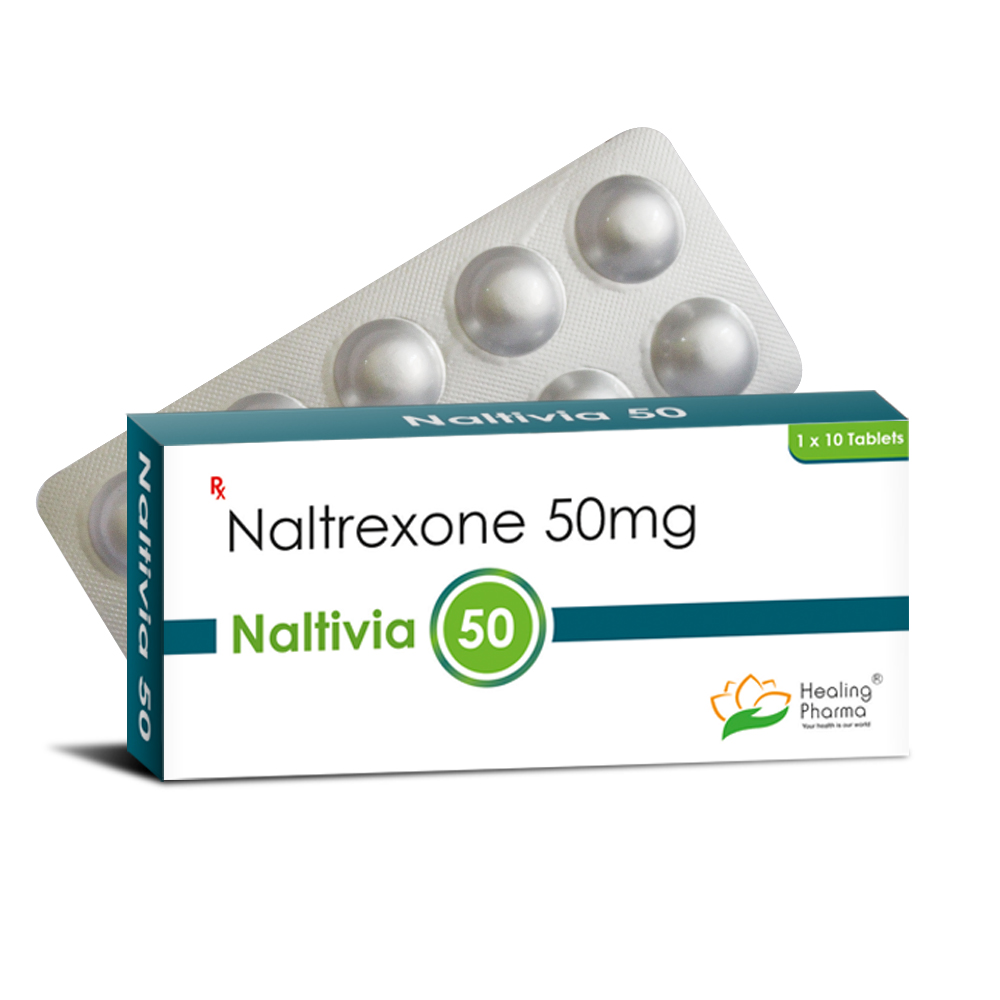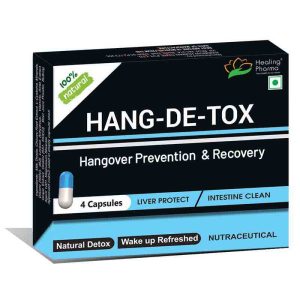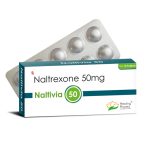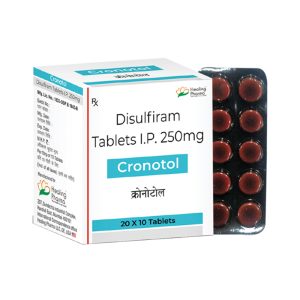Naltrexone (Naltivia 50) 50 mg tablet is a narcotic antagonist used as supportive therapy in maintaining abstinence from alcohol. It may also be used to help overcome the addiction of those who are dependent on certain medicines such as opioids.
Drug = Naltrexone
Strength = 50 mg
Manufacturer = Healing Pharma
How To Take
This medicine may be taken with or without food. Try to make it at the same time each day.
It is essential that you stop taking any opioid medicine for at least 7-10 days before starting on Naltrexone therapy. This medicine may cause withdrawal symptoms if you still have any trace of opioids in your body. Your doctor may perform tests to ensure opioid levels remain undetectable before you start with the treatment.
Take Naltrexone precisely as directed by your doctor or according to the instructions on the label. Do not take more or less than instructed by your doctor.
Dosage of Naltrexone (Naltivia 50) 50 mg
Adult: Opioid dependence: Initial: 25 mg, then up to 50 mg/day if no withdrawal signs. Maintenance: 350 mg/week given as 50 mg/day or divided into three doses (given on three days of the wk) for improved compliance.
Adjunct in alcohol dependence: 50 mg/day.
Missed Dose
If you miss a dose, skip the missed dose and return to your usual dosing schedule. If you often forget to take your medicine, let your doctor and pharmacist know.
Do not double a dose under any circumstances.
Overdose
Signs of overdose may include the following:
- Clonic-tonic convulsions and respiratory failure
Seek medical help immediately.
Contraindications
People with the following medical conditions should not take Naltrexone:
- Patients concurrently dependent on opioids
- Acute hepatitis or hepatic failure
- Acute opioid withdrawal
- Patients on therapeutic opioid analgesics
Side Effects
Naltrexone may have the following side effects:
- Abdominal pain
- Nausea
- Vomiting
- Anxiety
- Insomnia
- Lethargy
- Headache
- Musculoskeletal pain
- Anorexia
- Diarrhoea
- Constipation
- Increased thirst
- Chest pain
- Chills
- Dizziness
- Sexual dysfunction
- Rash
- Liver function abnormalities and reversible idiopathic thrombocytopenia
Warnings
Do not use Natrexone in people with the following conditions:
- Severe liver disease
- Severe kidney disease
- An opioid-dependent who failed to abstain from the addiction
- Positive urine screening for opioids or failure to pass the naloxone test
Inform your doctor and pharmacist if you are taking any of these medicines:
- Thioridazine
- Insulin
Inform your doctor and pharmacist if you are taking any other medicines, including herbal tonics such as traditional Chinese medicines, supplements and non-prescription medicines.
This list does not include all medicines that may interact with Naltrexone.
How Does Naltrexone (Naltivia 50) 50 mg Work?
Naltrexone is a derivative of noroxymorphone that is a congener of naloxone, and acts as a competitive antagonist at opioid receptor sites. It blocks the action of opioids and precipitates withdrawal symptoms in opioid-dependent individuals.
Uses
Naltrexone is used to treat the following conditions:
- Opioid dependence
- Adjunct in alcohol dependence
Special Precautions and Connected Warnings
Take special precautions if you have the following conditions:
- Hepatic or renal impairment
- Monitor liver function tests regularly
- Patients should be opioid-free for at least 7-10 days before initiating naltrexone therapy
- Strictly warn patients against the use of opioids while on Naltrexone
- Pregnancy
- Lactation
- History of bleeding disorders (including thrombocytopenia)
- Avoid alcohol
Storage Conditions
- Store in a cool, dry place away from the reach of children.
- Do not use Naltrexone that is expired or out of date.





